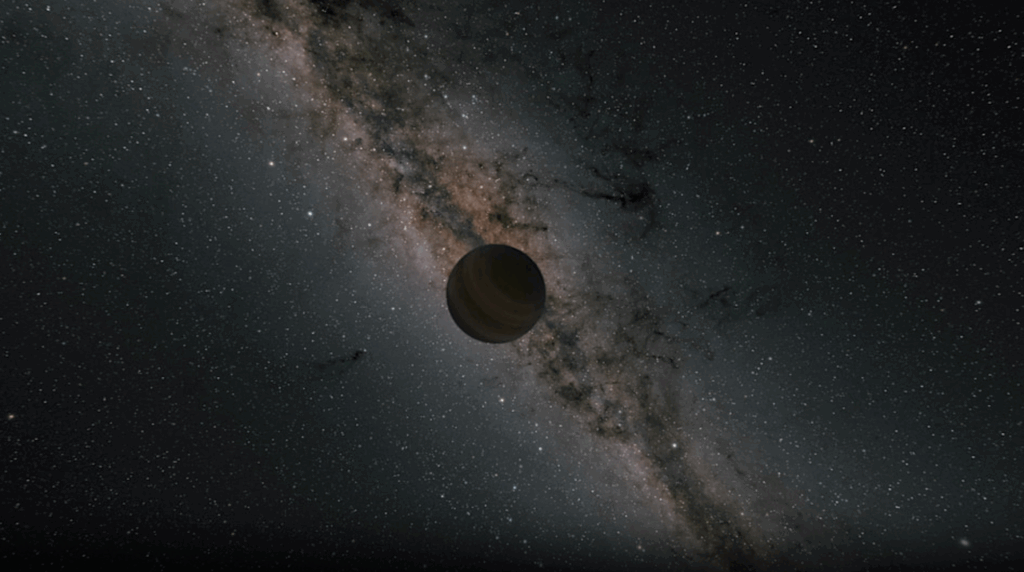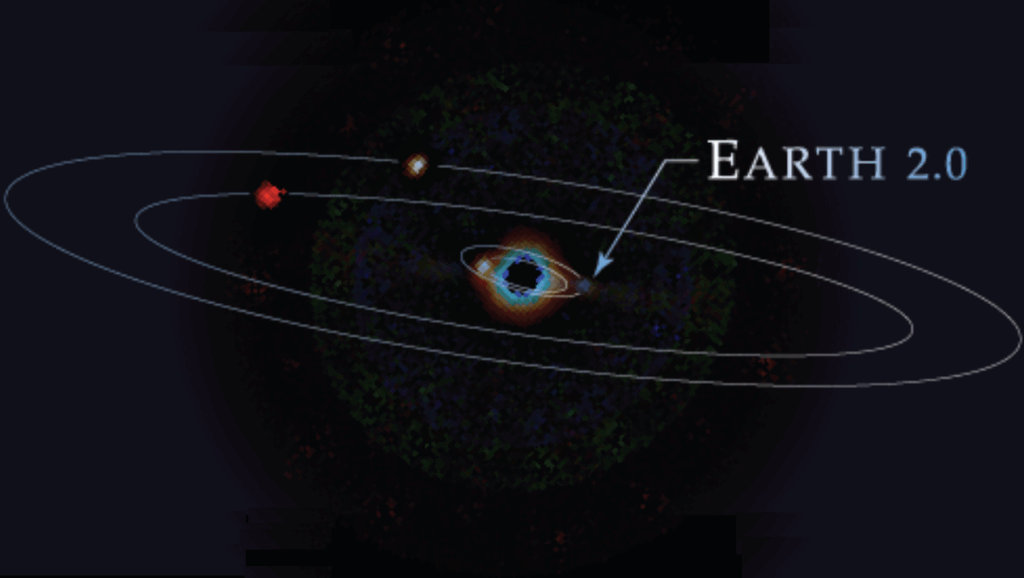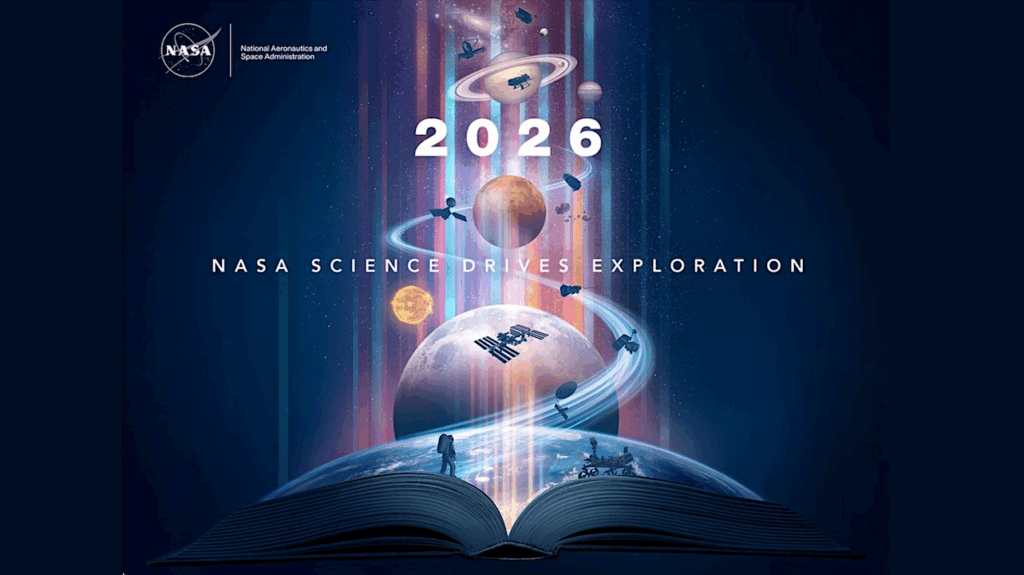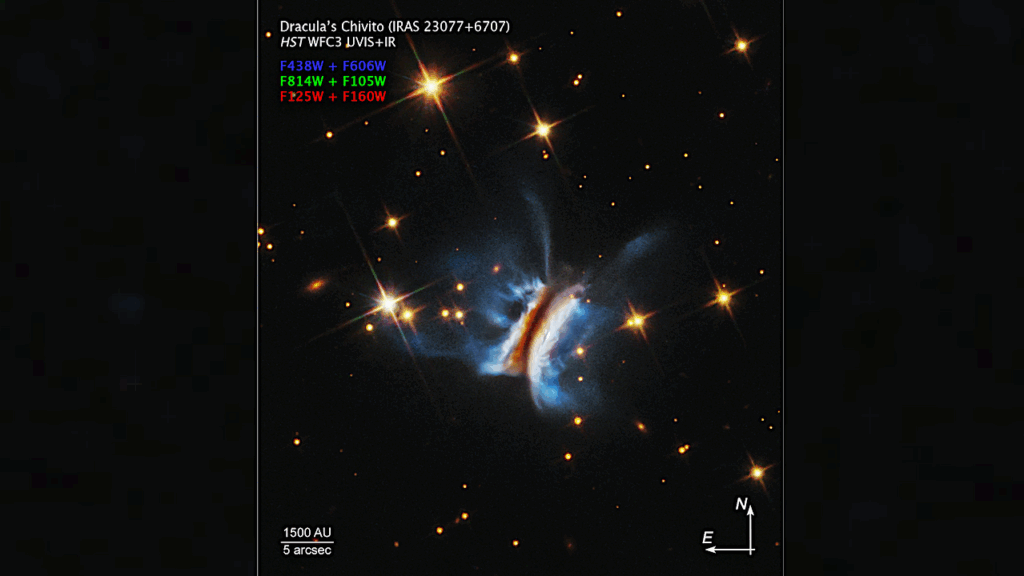The Occurrence of Rocky Habitable Zone Planets Around Solar-Like Stars from Kepler Data

We present occurrence rates for rocky planets in the habitable zones (HZ) of main-sequence dwarf stars based on the Kepler DR25 planet candidate catalog and Gaia-based stellar properties.
We provide the first analysis in terms of star-dependent instellation flux, which allows us to track HZ planets. We define η⊕ as the HZ occurrence of planets with radius between 0.5 and 1.5 R⊕ orbiting stars with effective temperatures between 4800 K and 6300 K. We find that η⊕ for the conservative HZ is between 0.37+0.48−0.21 (errors reflect 68% credible intervals) and 0.60+0.90−0.36 planets per star, while the optimistic HZ occurrence is between 0.58+0.73−0.33 and 0.88+1.28−0.51 planets per star. These bounds reflect two extreme assumptions about the extrapolation of completeness beyond orbital periods where DR25 completeness data are available.
The large uncertainties are due to the small number of detected small HZ planets. We find similar occurrence rates using both a Poisson likelihood Bayesian analysis and Approximate Bayesian Computation. Our results are corrected for catalog completeness and reliability. Both completeness and the planet occurrence rate are dependent on stellar effective temperature. We also present occurrence rates for various stellar populations and planet size ranges. We estimate with 95% confidence that, on average, the nearest HZ planet around G and K dwarfs is about 6 pc away, and there are about 4 HZ rocky planets around G and K dwarfs within 10 pc of the Sun.

Two views of the DR25 PC population with radii smaller than 2.5 R⊕ and instellation flux near their host star’s habitable zone around main sequence dwarf stars. Top: Instellation flux vs. stellar effective temperature, showing the habitable zone and Kepler observational coverage. The background color map gives, at each point, the fraction of stars at that effective temperature and instellation flux that may have planets with with orbital periods of 710 days or less, so it is possible to observe three transits. The contours show the fraction of planets with periods of 500 days or less, indicating available completeness measurements. The solid green lines are the boundaries of the optimistic habitable zone, while the dashed green lines are the boundaries of the conservative habitable zone (see §2). The planets are sized by their radius and colored by their reliability. Bottom: Instellation flux vs. planet radius. The color map and contours show the average completeness for the stellar population (§3.3.1). The planets are sized and colored by reliability (§3.3.3), with radius and instellation flux error bars. In the lower panel the ⊕ symbol shows the Earth. — astro-ph.EP
Steve Bryson, Michelle Kunimoto, Ravi K. Kopparapu, Jeffrey L. Coughlin, William J. Borucki, David Koch, Victor Silva Aguirre, Christopher Allen, Geert Barentsen, Natalie. M. Batalha, Travis Berger, Alan Boss, Lars A. Buchhave, Christopher J. Burke, Douglas A. Caldwell, Jennifer R. Campbell, Joseph Catanzarite, Hema Chandrasekharan, William J. Chaplin, Jessie L. Christiansen, Jorgen Christensen-Dalsgaard, David R. Ciardi, Bruce D. Clarke, William D. Cochran, Jessie L. Dotson, Laurance R. Doyle, Eduardo Seperuelo Duarte, Edward W. Dunham, Andrea K. Dupree, Michael Endl, James L. Fanson, Eric B. Ford, Maura Fujieh, Thomas N. Gautier III, John C. Geary, Ronald L Gilliland, Forrest R. Girouard, Alan Gould, Michael R. Haas, Christopher E. Henze, Matthew J. Holman, Andrew Howard, Steve B. Howell, Daniel Huber, Roger C. Hunter, Jon M. Jenkins, Hans Kjeldsen, Jeffery Kolodziejczak, Kipp Larson, David W. Latham, Jie Li, Soren Meibom, Chris Middour, Robert L. Morris, Timothy D. Morton, Fergal Mullally, Susan E. Mullally, David Pletcher, Andrej Prsa, Samuel N. Quinn, Elisa V. Quintana, Darin Ragozzine, Solange V. Ramirez, Dwight T. Sanderfer, Dimitar Sasselov, Shawn E. Seader, Megan Shabram, Avi Shporer, Jeffrey C. Smith, Jason H. Steffen, Martin Still, Guillermo Torres, John Troeltzsch, Joseph D. Twicken, Akm Kamal Uddin, Jeffrey E. Van Cleve, Janice Voss, Lauren Weiss, William F. Welsh, Bill Wohler, Khadeejah A Zamudio
Comments: To appear in The Astronomical Journal
Subjects: Earth and Planetary Astrophysics (astro-ph.EP); Solar and Stellar Astrophysics (astro-ph.SR)
Cite as: arXiv:2010.14812 [astro-ph.EP] (or arXiv:2010.14812v1 [astro-ph.EP] for this version)
Submission history
From: Stephen Bryson
[v1] Wed, 28 Oct 2020 08:37:47 UTC (3,391 KB)
https://arxiv.org/abs/2010.14812
Astrobiology








